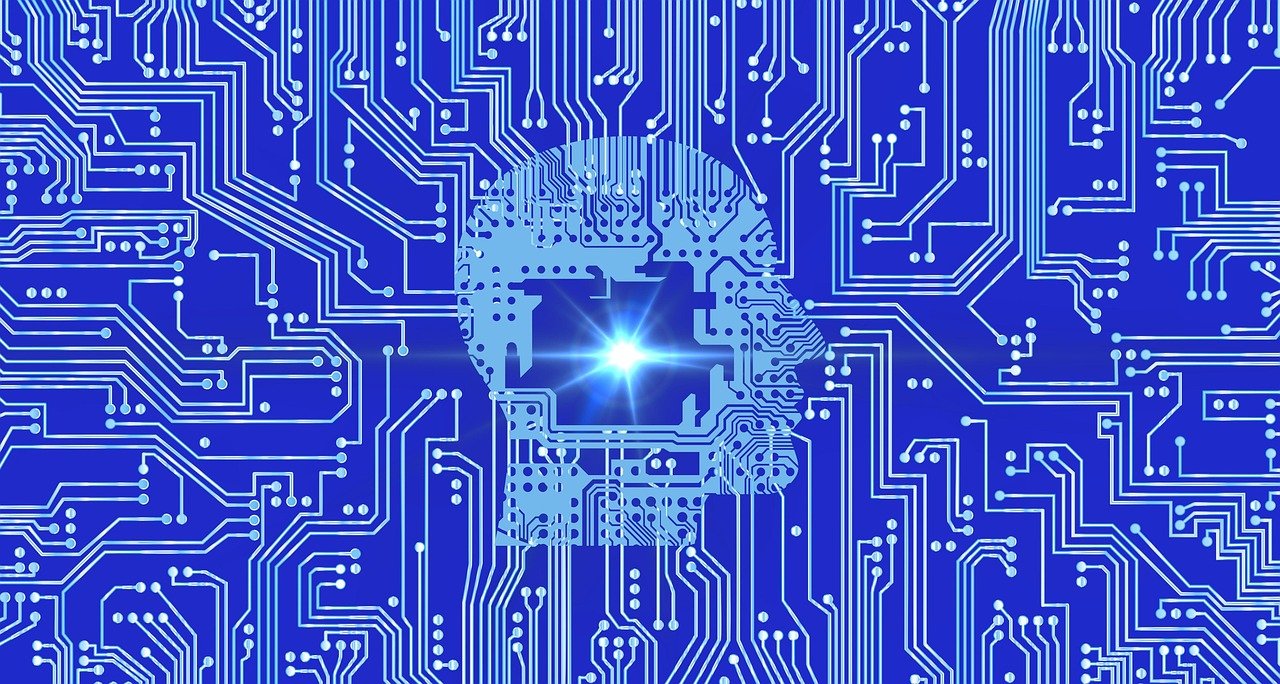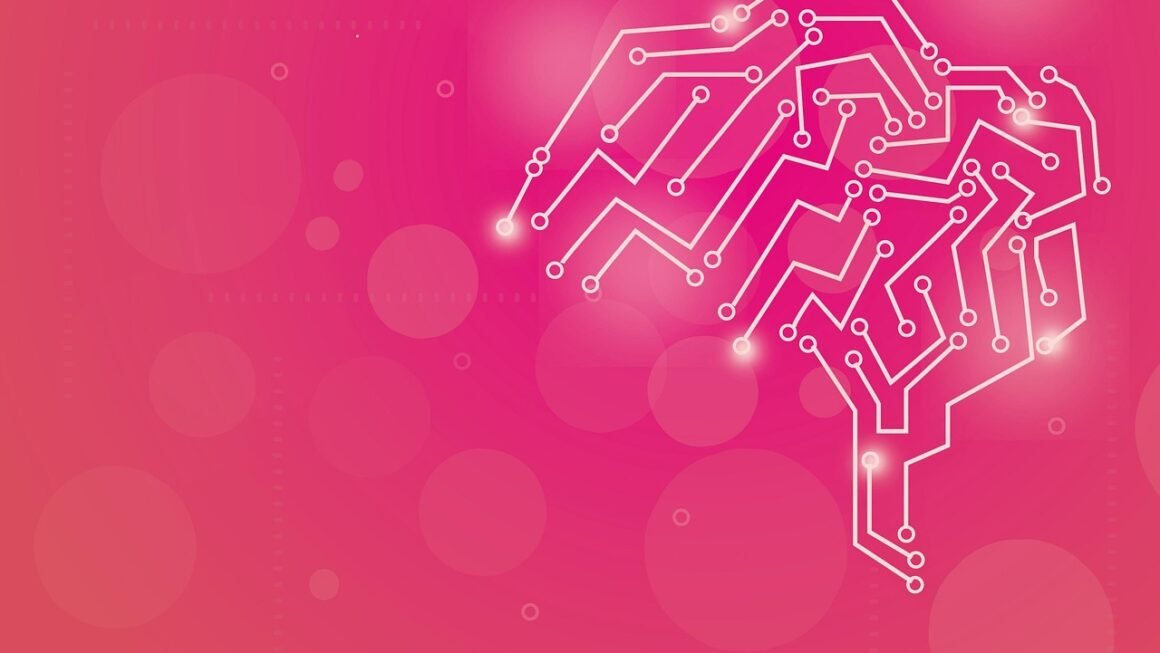The world is changing at an unprecedented pace, largely driven by the relentless advancement of artificial intelligence. AI-powered tools are no longer futuristic fantasies; they’re tangible realities transforming industries and redefining how we work, create, and interact with the world around us. From automating mundane tasks to unlocking groundbreaking discoveries, understanding and leveraging these tools is becoming increasingly crucial for success in today’s rapidly evolving landscape. This article delves into the exciting world of AI-powered tools, exploring their applications, benefits, and potential impact across various domains.
Understanding AI-Powered Tools
What are AI-Powered Tools?
AI-powered tools are software applications or systems that utilize artificial intelligence techniques, such as machine learning, natural language processing (NLP), and computer vision, to perform tasks that typically require human intelligence. These tools are designed to learn from data, identify patterns, and make predictions or decisions with minimal human intervention.
- Machine Learning (ML): Algorithms that allow systems to learn from data without explicit programming. Example: Netflix’s recommendation engine, which suggests movies and shows based on your viewing history.
- Natural Language Processing (NLP): Enables computers to understand, interpret, and generate human language. Example: Chatbots that provide customer service on websites.
- Computer Vision: Empowers computers to “see” and interpret images and videos. Example: Self-driving cars that can identify pedestrians, traffic lights, and other obstacles.
The Core Benefits of Using AI Tools
Implementing AI-powered tools can yield significant advantages for individuals and organizations alike.
- Increased Efficiency: Automation of repetitive tasks frees up human employees to focus on more strategic and creative endeavors.
- Improved Accuracy: AI algorithms can analyze vast datasets with greater precision than humans, leading to more accurate results and fewer errors.
- Data-Driven Decision Making: AI tools provide insights from data that can inform better business decisions and strategic planning.
- Enhanced Customer Experience: Personalized recommendations, 24/7 customer support, and streamlined processes contribute to a more satisfying customer journey.
- Cost Reduction: Automation and optimization can lead to significant cost savings across various operational areas. For example, AI-powered energy management systems can optimize energy consumption and reduce utility bills.
AI in Business and Marketing
Streamlining Business Operations with AI
AI is revolutionizing business operations, from supply chain management to human resources.
- Supply Chain Optimization: AI can predict demand, optimize inventory levels, and manage logistics, reducing costs and improving efficiency. For example, companies like Amazon use AI to predict demand and optimize their fulfillment centers.
- Customer Relationship Management (CRM): AI-powered CRMs can analyze customer data to personalize interactions, identify sales opportunities, and improve customer retention. Salesforce Einstein is a popular example.
- Human Resources: AI can automate recruitment processes, screen resumes, and even conduct initial interviews, saving time and resources for HR departments.
- Fraud Detection: Banks and financial institutions use AI to detect fraudulent transactions and prevent financial crimes.
Boosting Marketing Efforts with AI
AI is transforming the marketing landscape by enabling personalized experiences and data-driven campaigns.
- Personalized Marketing: AI can analyze customer data to create personalized ads, emails, and website content, increasing engagement and conversion rates.
- Predictive Analytics: AI can predict customer behavior and identify potential leads, allowing marketers to target their efforts more effectively.
- Content Creation: AI-powered tools can generate blog posts, social media content, and even marketing copy, saving time and resources for content creators. Jasper.ai is a widely used example of an AI content creation tool.
- Chatbots and Virtual Assistants: AI-powered chatbots can provide instant customer support, answer questions, and resolve issues, improving customer satisfaction.
AI in Education and Healthcare
Revolutionizing Education with AI
AI is poised to transform the education system, making learning more personalized, accessible, and effective.
- Personalized Learning: AI can adapt to individual student needs and learning styles, providing customized learning experiences.
- Automated Grading: AI can automate the grading of multiple-choice tests and essays, freeing up teachers’ time for more individualized instruction.
- Intelligent Tutoring Systems: AI-powered tutoring systems can provide students with personalized support and feedback, helping them master challenging concepts. Duolingo, for instance, uses AI to personalize language learning.
- Accessibility for All: AI can provide assistive technologies for students with disabilities, making education more accessible and inclusive.
Transforming Healthcare with AI
AI is revolutionizing healthcare by improving diagnosis, treatment, and patient care.
- Diagnosis and Disease Detection: AI can analyze medical images and data to detect diseases earlier and more accurately.
- Drug Discovery: AI can accelerate the drug discovery process by identifying potential drug candidates and predicting their effectiveness.
- Personalized Medicine: AI can analyze patient data to develop personalized treatment plans that are tailored to their individual needs.
- Robotic Surgery: AI-powered robots can assist surgeons with complex procedures, improving precision and reducing recovery times. The Da Vinci Surgical System is a prime example.
Navigating the Ethical Considerations of AI
Addressing Bias and Fairness
One of the biggest challenges in AI is ensuring fairness and avoiding bias in algorithms.
- Data Bias: AI algorithms are trained on data, and if that data is biased, the algorithm will also be biased.
- Algorithmic Transparency: Understanding how AI algorithms work is crucial for identifying and mitigating bias.
- Ethical Frameworks: Developing ethical frameworks for AI development and deployment is essential for ensuring responsible innovation.
Ensuring Privacy and Security
Protecting personal data is paramount in the age of AI.
- Data Privacy Regulations: Compliance with data privacy regulations such as GDPR and CCPA is essential.
- Data Security Measures: Implementing robust security measures to protect data from unauthorized access is crucial.
- Transparency and Consent: Being transparent with users about how their data is being used and obtaining their consent is vital.
Future Trends in AI-Powered Tools
The Rise of Generative AI
Generative AI, which can create new content such as text, images, and code, is poised to revolutionize various industries.
- Content Creation: Generative AI tools can automate content creation, saving time and resources for businesses and individuals. DALL-E 2 and Midjourney are examples of image generation tools.
- Software Development: Generative AI can generate code, automate testing, and even design user interfaces.
- Personalized Experiences: Generative AI can create personalized content and experiences for individual users.
The Integration of AI with IoT
The integration of AI with the Internet of Things (IoT) is creating new opportunities for automation and optimization.
- Smart Homes and Cities: AI-powered IoT devices can automate tasks, optimize energy consumption, and improve security in homes and cities.
- Industrial Automation: AI-powered IoT sensors can monitor equipment, predict failures, and optimize production processes in industrial settings.
- Healthcare Monitoring: AI-powered wearable devices can monitor patients’ health and provide early warnings of potential health problems.
Conclusion
AI-powered tools are rapidly transforming our world, offering unprecedented opportunities for innovation and progress. Understanding their capabilities, benefits, and ethical considerations is essential for individuals and organizations alike. By embracing AI responsibly and strategically, we can unlock its full potential and create a future where technology empowers us to achieve more than ever before. The key is to stay informed, adapt to the changing landscape, and prioritize ethical considerations as we navigate this exciting new era of artificial intelligence.



